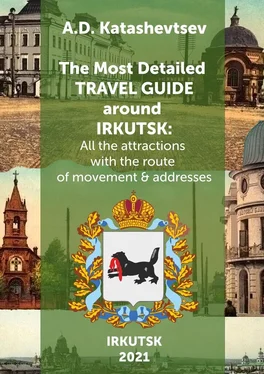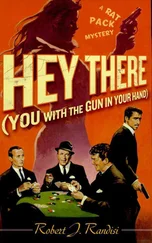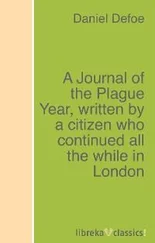1 ...6 7 8 10 11 12 ...16 Many famous people were graduates of this gymnasium, as the founder of the first school of Tibetan medicine P.A. Badmaev, Deputy Minister of Public Education of Russia M.S. Volkonsky, organizer of the first revolutionary political organization “People’s Will” in Siberia I. G. Neustroev, medical scientists V.N. Popov, K.M. Pavlinov, S.A. Sukhanov and P.N. Shastin, travellers V.C. Dorogostaysky and A.P. Fedchenko, founder of the Soviet school in agronomic chemistry D.N. Pryanishnikov, first rector of ISU M.M. Rubinstein, three times cavalier of Order of the Red Banner L.I. Kotelnikov, writers I.T. Kalashnikov, N.S. Shchukin, V.M. Mikheev, I.V. Fedorov-Omulevsky and F.M. Lytkin.
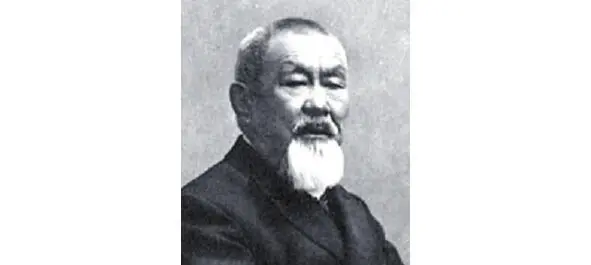
Tibetologist P.A. Badmaev
Tellingly, this building still houses an educational institution – the Irkutsk Aviation Technical School, which moved here in June 1945 to replace the cartridge plant No. 540 evacuated from Leningrad during the WWII (it was one of the four most powerful such factories in the country, produced more than 700 million ammunition).
On the site of the building opposite, where the Irkutsk Regional Geriatric Center is now located, there used to be the oldest kindergarten in the city, opened at the initiative of M.G. Tyumentseva in 1869. Its building, designed by the best architect of Irkutsk, Baron H.V. Rosen in 1882 instead of the burnt down old one, it was one of the best wooden buildings in the capital of Eastern Siberia. However, in 1938, during the construction of the clinic, it was moved and installed on the site of the parish cemetery of the St. Charalambos Church. Today, on the site of the kindergarten, there is a public garden named after one of the first doctors of sciences in the USSR, as well as the Irkutsk author of the textbook on nervous diseases K.G. Hodos.
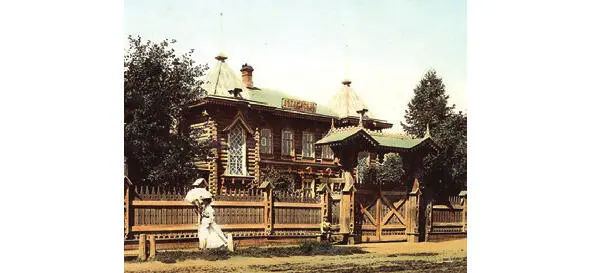
At the crossroads there are towering buildings representing the reference buildings of the Soviet era, which surprisingly organically fit into the old city face. At the corner of Lenin and Gorky streets there is the famous Irkutsk “house with a trunk” built in 1950 according to the project of E.F. Yanko. Here lived the main artist of Irkutsk in 1970s and the author of the memorial “Eternal Flame” V.G. Smagin. Opposite on the left the house in which she spent the last years of her life People’s Artist of the RSFSR G.A. Kramova. On the other side of the crossroads there is another magnificent monument of Soviet architecture – a house buit in 1948 according to the project of A.S. Butenko, where lived until his death the famous poet-ethnographer A.S. Olkhon (Pestyukhin).
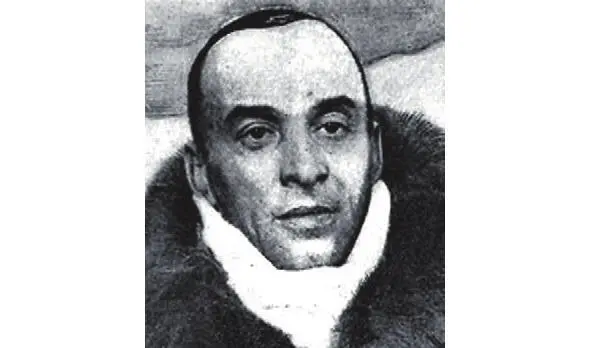
Poet-ethnographer A.S. Olkhon (Pestyukhin)
The next thing that attracts our attention is the monument to the five-time nominee for the Nobel Prize in Literature M. Gorky, established in 1984 on the left in a small square. Nearby is the “Radiohouse” – one of the most bizarre buildings of the Soviet era in Irkutsk, consisting of parts made at different times in more than half a century, but united into a single complex thanks to the talented architect N.N. Belyakov in 1982.
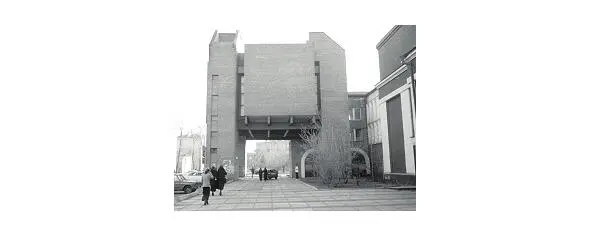
Radiohouse
On the other side of the road are the buildings of the Baikal State University, which opened in Irkutsk in 1930. They are adjoined by a small park, organized here in 2011 and named after Shigeki Mori – the permanent mayor of the Japanese town of Neagari, Ishikawa province, which has twinning relations with the city Shelekhov – an industrial neighbour of Irkutsk. Also he was this mayor who initiated the twinning relationship between Irkutsk and the Japanese city of Kanazawa in 1967.
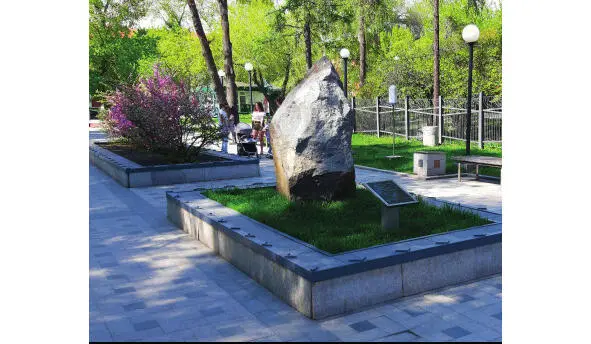
Park named after Shigeki Mori
After the park, the first wooden house on the right side of the street belonged to a member of the Irkutsk judicial chamber M.S. Stravinsky and served as the building of the vice-consulate of Belgium in Irkutsk from 1914 to 1920. Moreover, the owner of the mansion himself became the first ambassador.
On the same side of the street, at the crossroads, you can see the estate of the mayor V.V. Zharnikov, who went down in history as the creator of the first water supply system in Irkutsk in 1905. An old sculpture “Boy with a Swan” is hiding in the garden which surrounding the house.
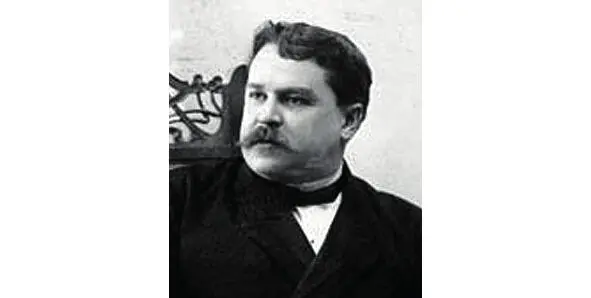
Mayor V.V. Zharnikov
On the opposite side of the street there is a small square with a monument to the first modern governor of Irkutsk Y.A. Nozhikov, which was installed in honour of the 75th anniversary of the Irkutsk region in 2012 to replace the sculpture of a dragon that appeared at this place since 2007. It is interesting that earlier this was the place where the bust of M. Gorky was located, until it was destroyed by vandals in 1963.
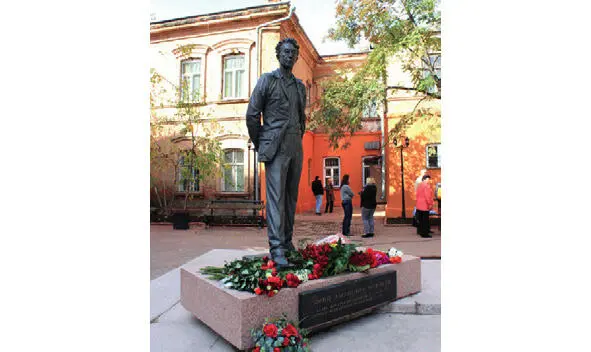
Monument to the first modern governor of Irkutsk Y.A. Nozhikov
Continuing along this street, on the left we notice two more buildings in the brutalist style, belonging to the talent of V.A. Pavlov. Opposite to them the building of the gynaecological clinic. Further, on the other side of the road, the walls of the famous “House of the Pilots”, created on this place in 1936, where lived the pilot and Hero of Socialist Labour I.N. Sharov (flew over 17 thousand hours). The headquarters of the Central Air Communications Agency is still located here. At the entrance, a few years ago, it was possible to see columns made from gravestones from the Old Jerusalem cemetery.
Closes the Gorky Street “House of Science and Technology” built in 1955 according to the project of N. А. Sergeev on the site of the former passage of A.F. Vtorov, which since 1897 occupied the corner of the block along this street and was considered one of the largest stores in Irkutsk. This richest merchant was the founder of the first “supermarkets” in Russia. His passages were located in all major cities of Russia from Petersburg to Sretensk. Here lived for many years the youngest of two sons of this merchant – Alexander. Unfortunately, the passage completely burned out in December 1917 during the battles on the streets of Irkutsk.
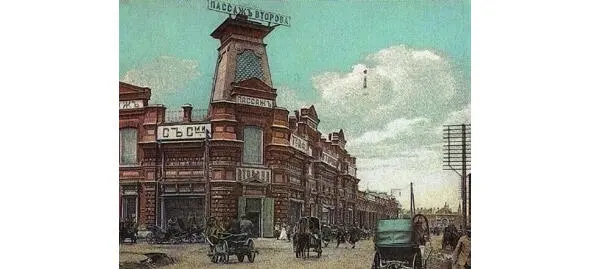
Passage of A.F. Vtorov
We turn left and run into Labour Square, the main dominant of which is the circus building, built in 1964. Irkutsk became the first city in Siberia and on Far East where such a building appeared. Irkutsk residents are longtime fans of such performances. The first circus troupe of a certain Mikoletto visited the city back in 1795, and a permanent wooden building appeared on Tikhvin Square thanks to the Italian entrepreneur Soulier in 1868.
Читать дальше
